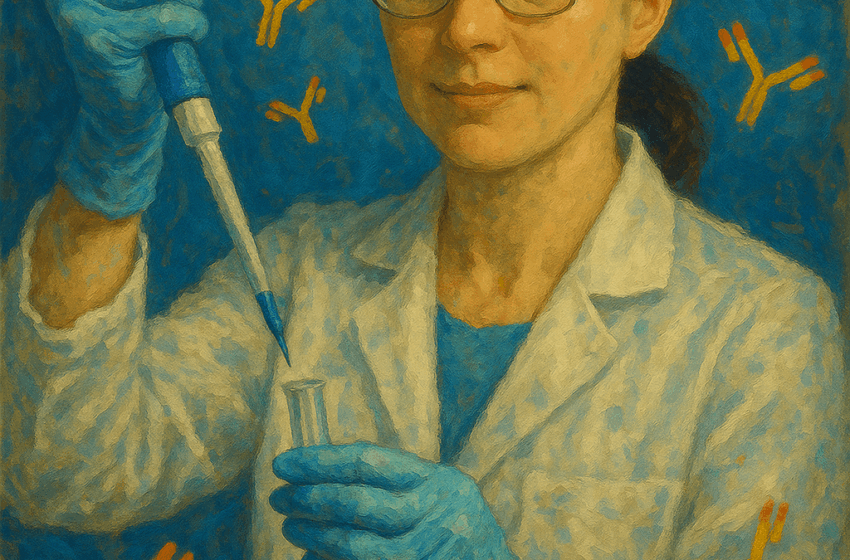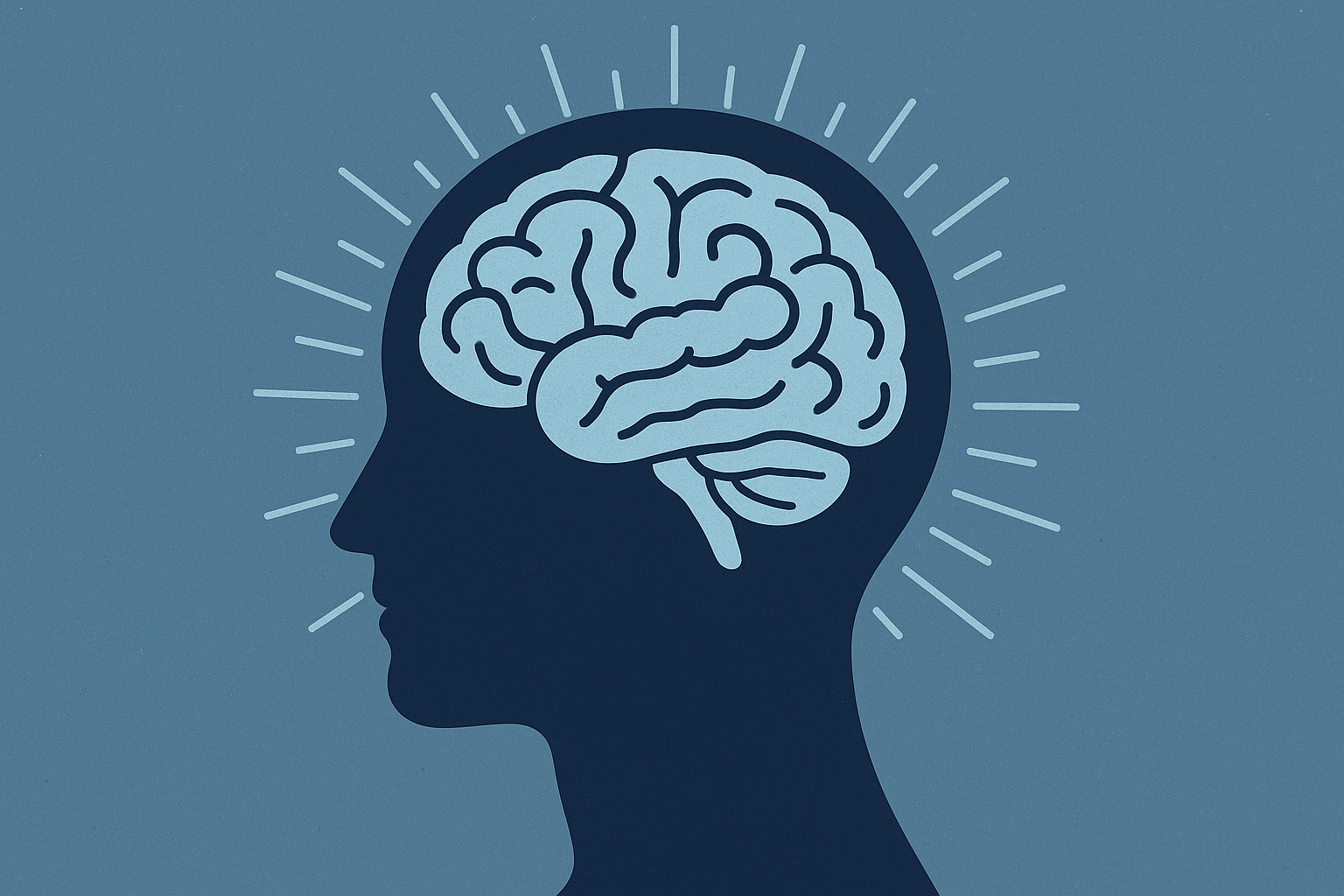Tiny peptides, big impact: Interview with Dr Yun Lim

In 2024, Editage launched the Editage Grant program to help early-career researchers navigate the challenging research environment at the beginning of their careers. The second-place winner for 2024 was selected for submitting an essay on the topic of “TLR4-based colorectal cancer therapy.”
Dr. Yun Lim, is currently a postdoctoral researcher at the Lab of Protein Engineering & Regulation, Korea Institute of Science and Technology (KIST) Gangneung Institute of Natural Products. Dr. Lim earned her master’s and doctoral degrees in brain and cognitive science from Daegu Gyeongbuk Institute of Science and Technology (DGIST).
In an interview with Dr. Lim, we discussed what Toll-like receptors (TLRs) are, the relationship between TLRs and age-related macular degeneration, and how the multidisciplinary research background influenced the problem-solving approach.
For students and early-career researchers in Korea who are interested in crossing disciplines—like moving from clinical backgrounds to basic science, as you did—what advice would you give about building a successful research career?
In any field, once you have accumulated a certain level of knowledge and experience, you can play a central role in the integration of other fields. Just as a building requires sturdy pillars to prevent the entire structure from collapsing, convergence research also requires experts in each field to first establish their own pillars. When studying a new field outside your expertise, you may initially wonder, “Am I doing this right?” However, as time passes, you will surprisingly gain the ability to see that field from a new perspective. It’s like learning to read a map; what was once unfamiliar territory becomes familiar ground. Additionally, the less familiar you are with a field, the less likely you are to be biased, which can lead to more creative questions. So, study one field in depth. That knowledge will become your greatest asset when you connect it to other fields.
I believe that those transitioning from clinical practice to basic science can gain significant advantages. Since you already have experience working closely with actual patients and diseases, you can intuitively grasp how the phenomena and mechanisms studied in basic science connect to clinical contexts. However, since you must learn the language and methodology of basic science from scratch, the initial stages may be challenging. Nevertheless, once you have mastered the “thinking patterns of experts,” you will be able to learn and absorb other fields more quickly.
What I recommend is to first build a solid foundation in your own field, and then approach the field you want to integrate with honest curiosity and an open mind. By connecting the two areas in this way, I believe that you will eventually discover new possibilities that no one else has seen before.
For those unfamiliar with your field, can you briefly explain what Toll-like receptors (TLRs) are and why they are important in the immune system?
Our bodies have a way of distinguishing between foreign substances that enter the body and whether they are enemies or not. In particular, when pathogens (such as bacteria or viruses) enter the body, the innate immune system responds immediately. Toll-like receptor (TLR) acts as a “sensor” in the innate immune system, recognizing specific shapes. For example, it detects characteristic molecular patterns (PAMP) such as the outer membrane of bacteria (LPS) or viral RNA, and upon recognition, it immediately triggers an alarm, leading to an inflammatory response.
Humans have a total of 10 TLRs, each of which recognizes different signals. For example, TLR4 recognizes LPS found in the outer membrane of bacteria, while TLR3 recognizes double-stranded RNA from viruses. TLRs are a core component of the innate immune system, which is present in our bodies from birth, enabling the body to respond to pathogens to some extent even before vaccination.
However, if these receptors become overactive, they can lead to issues such as autoimmune diseases or chronic inflammation. Therefore, TLRs are not just simple sensors but are also important molecules that are gaining attention as potential targets for the treatment of immune disorders. In AMD research, TLR2 and TLR4 are particularly being studied, as these two TLRs play a crucial role in regulating the immune response in the eye.
What is AMD? Can you tell us something about the prevalence of this eye disease?
Age-related macular degeneration, AMD is exactly what its name suggests: a condition in which the macula, the central part of the retina, gradually deteriorates with age. The macula is responsible for high-resolution vision and is necessary for reading and recognizing faces.
The problem is that this area begins to deteriorate with age. As AMD progress, the macula becomes damaged, causing blurred central vision and possibility of eventually leading to blindness. The disease is very common in the elderly, affecting approximately 8-9% of people over the age of 60 worldwide, and more than 10% of people over the age of 65 in South Korea show early signs of the disease. Although this condition directly impacts quality of life, there is currently no cure. Additionally, most available treatments involve direct injections into the eye, which can cause fear or lead patients to discontinue treatment. Therefore, there is an urgent need for a more comfortable and effective treatment option.
How do TLRs, particularly TLR2 and TLR4, contribute to the inflammatory processes involved in AMD?
Chronic inflammation plays an important role in the progression of AMD.
TLR2 responds to lipid oxidation products released from damaged cells, triggering inflammation and causing new blood vessels to grow in the retina of AMD patients. These vessels are prone to leakage and rupture, damaging the internal structure of the retina and worsening vision. TLR4 is activated by drusen, a type of waste product, leading to inflammation and inducing the formation of new blood vessels that damage the retina.
When TLR2 and TLR4 are continuously activated, cells become damaged, and damaged cells release substances that stimulate TLR. This maintains a persistent inflammatory state within the eye, leading to the progression of AMD. Therefore, regulating TLR2 or TLR4 could be a crucial strategy for preventing or treating AMD.
You’ve recently worked on identifying immunomodulatory peptides that target TLRs. What’s exciting about using peptides in this way, and what advantages do they offer over traditional anti-inflammatory drugs?
Most existing AMD treatments involve injecting medication directly into the eye. These medications inhibit the formation of abnormal new blood vessels in the eye to prevent bleeding and swelling. However, receiving an injection in the eye can be psychologically distressing for many patients.
The TLR inhibitor peptide our team are developing can be administered as eye drops, making it much more convenient and safer. Peptides are small in size and highly stable, allowing them to be precisely targeted to specific tissues within the eye. They also break down naturally, reducing the risk of side effects. Most importantly, they selectively target specific molecules like TLR4, enabling effective control of inflammation without suppressing overall immune function —a major advantage.
How close are we to translating these findings into clinical applications? Do you see peptide-based therapies for AMD entering preclinical or clinical trials in the near future?
We have confirmed the anti-inflammatory and photoreceptor protective effects of this peptide using animal models. In mouse models, we confirmed that the peptide is delivered into the eye after instillation and that inflammatory markers are reduced. Currently, we are using human retinal pigment epithelial cell lines to specifically verify the mechanism of actions of this peptide and optimize it for human application.
We aim to enter the preclinical or clinical stage within one year at the earliest and two years at the latest.
What are some of the biggest challenges in preclinical AMD research today?
One of the biggest challenges is the anatomical differences between human and animal models. Mice do not have the macula found in human eyes. Mice are nocturnal animals that have evolved to see well at night, so unlike humans who are active during the day, they do not require high-resolution vision, and as a result, the macula is structurally absent. Therefore, symptoms such as central vision loss observed in humans cannot be fully replicated in experimental animals.
However, since key pathological phenomena such as oxidative stress, inflammation, and neovascularization can be partially replicated in mice, they have been used as alternative models to date. In the future, further research utilizing animal models with macula-like structures, such as pigs or non-human primates, will be necessary.
Your background spans neuroscience, radiological research, and now immunology. How has this interdisciplinary experience shaped your approach to scientific problems?
I initially majored in occupational therapy and worked in a hospital treating patients with brain injuries. Seeing patients who showed no signs of recovery no matter how hard I tried, I sometimes felt discouraged, wondering if there was something lacking in my treatment. However, while studying neuroscience in graduate school, I learned more deeply that ‘nerve cells have almost no regenerative capacity.’ This fact, which I had only known intellectually, became much more real to me when connected to my clinical experiences.
Later, while conducting cancer research using radiation at the Korea Institute of Radiological and Medical Sciences (KIRAMS), I experienced another shock. I actually saw some of cancer cells did not die even after being exposed to radiation. I realized that each cancer cell has unique genetic characteristics and that the surrounding microenvironment also varies, leading to different responses. These experiences have enabled me to ask myself “Why does this phenomenon occur?” and to interpret experimental results with a broader perspective.
My interdisciplinary experience has reduced my fear of encountering new fields and given me the ability to connect unfamiliar concepts. At first, I felt discouraged by doubts like, “Why isn’t it recovering?” or “Why isn’t it dying?” But now, such questions serve as a driving force for deeper exploration. Ultimately, I believe that endless curiosity and willingness to learn are the most important qualities. With these two traits, you can grow into a remarkable researcher who carves out your own path in any field.
This interview was originally published on 10th June, 2025 on Editage Insights Korea.









